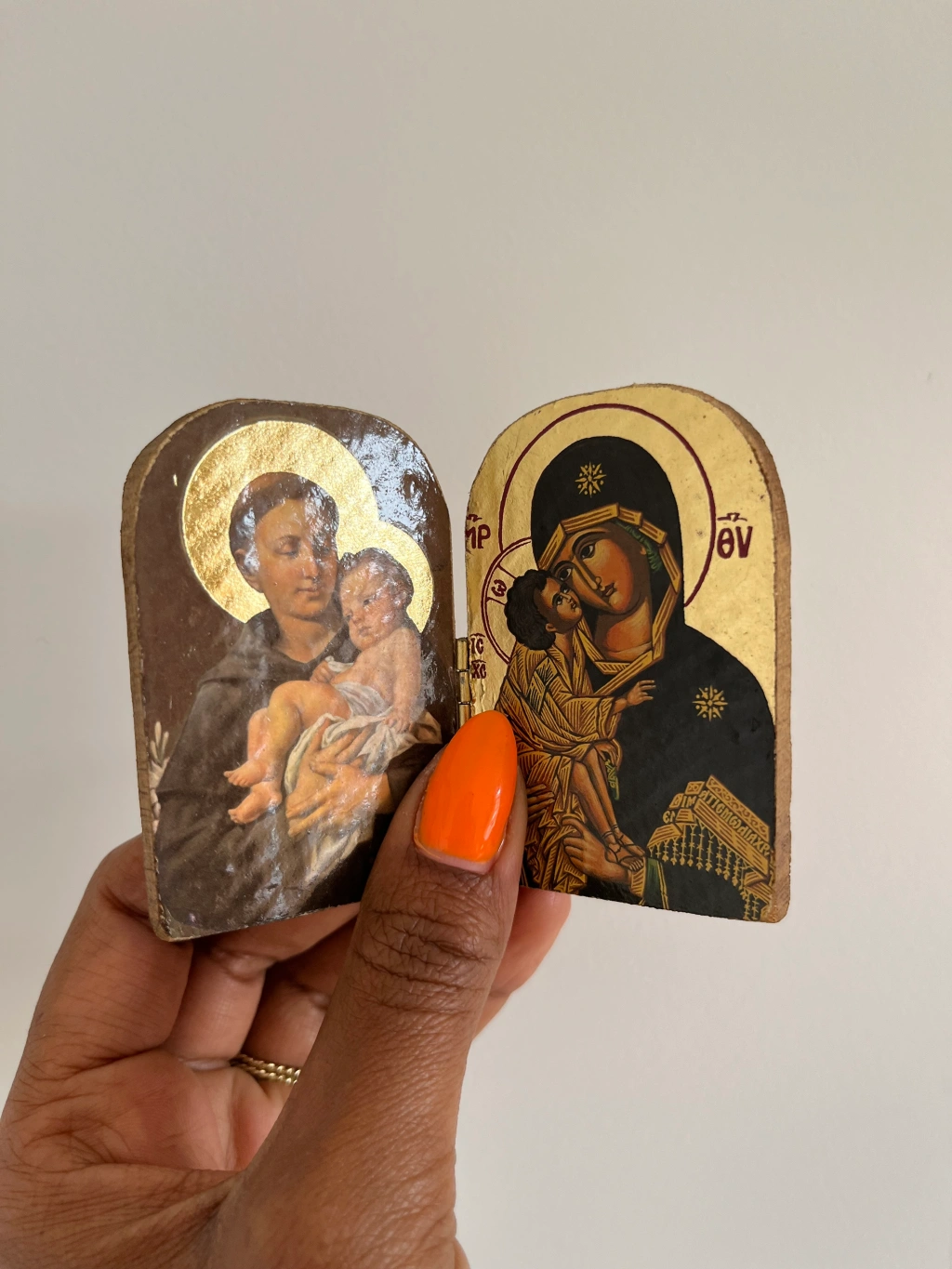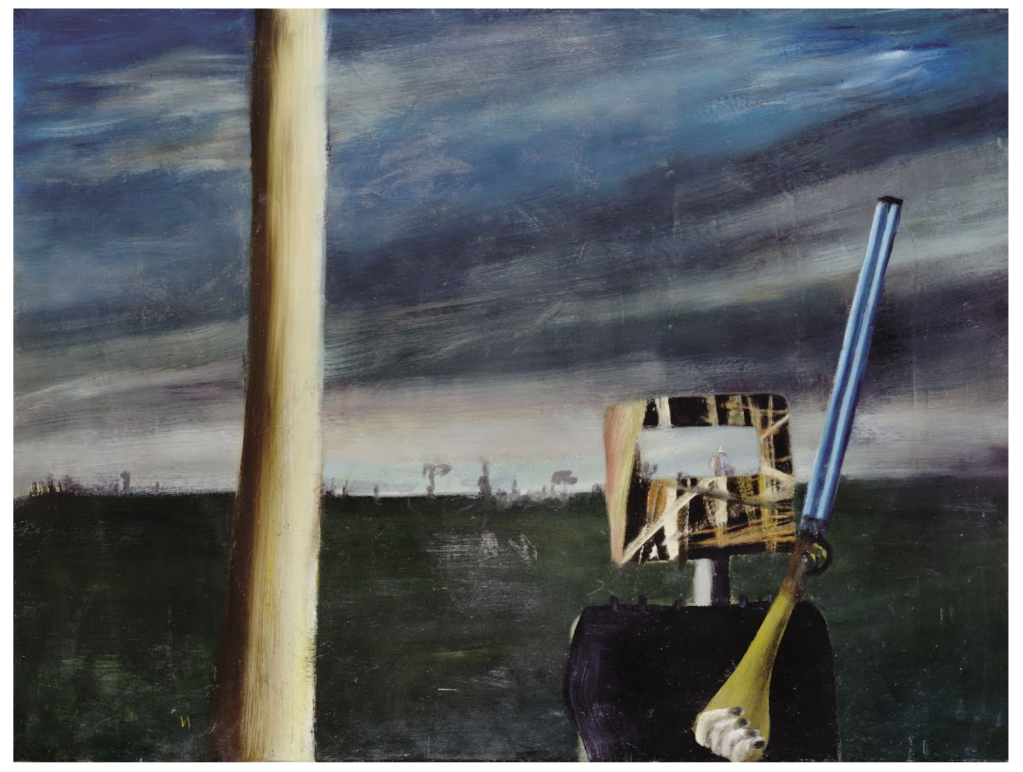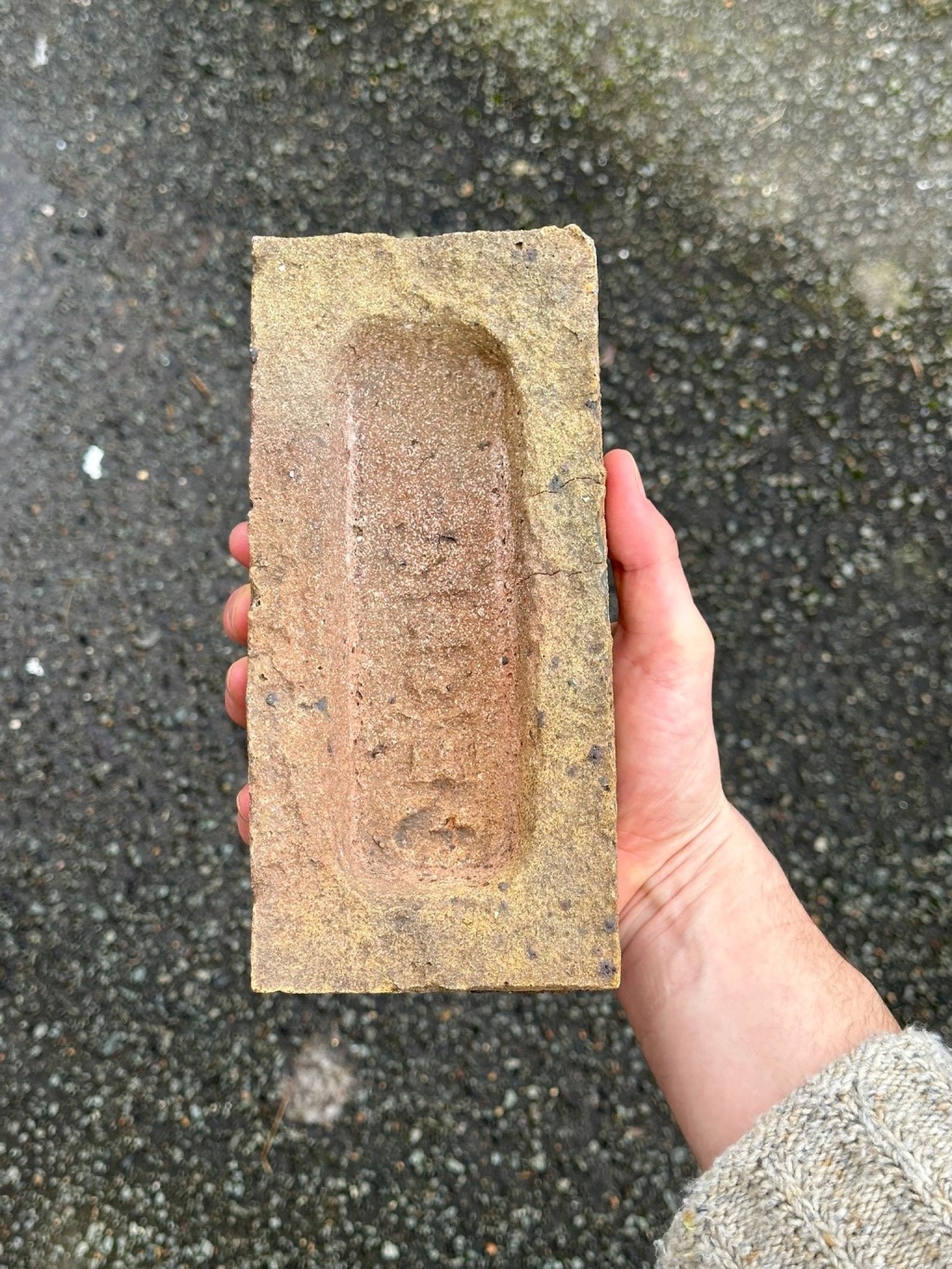
Tim Marlow, art historian and Director of Exhibitions at White Cube – on the imprint of his son’s head on a pillow.
GB Tell me why you chose this.
TM I was worried about picking this in case it was too sentimental or too kooky, which sometimes parents can be. But I spend much of my life looking at beautiful objects and I thought there’s no point in choosing a work of art because self-evidently, they are essentially regarded as the epitome of what is considered to be beautiful, so I thought I’d choose something intensely personal. I set myself a parameter of finding something in my every day life. Most mornings when I go in to wake my son up or when he’s already got up I notice this space that’s been left. I remember once smelling it and it’s the most beautiful thing. I also realised that it’s clearly linked in my mind to my father who I held when he died. My mother and brother were there too and being there during the moment of death was the most extraordinarily moving thing. If you had to plan a death that’s probably how it should be. He looked around and saw my mother and relaxed knowing that she was there. I was holding his hand and he just sank back into the pillow on his bed. I never saw the trace of his head on that pillow but it slightly haunted me that feeling of death and the body sinking back into the pillow. My son’s three and when I look at the trace of his head it’s there, the life cycle: the fact that this is the imprint of a young head whose life is ahead of him and yet there’s still the inevitability of death. The photograph almost looks like a mourning shroud. It’s inextricably linked to death. And the mark represents the absence, the loss of what was there. I know that the next night his head will be there. Having lost a parent there’s that connectedness I feel to my son and when I contemplate this space I’m overwhelmed by the feeling of wanting to savour as much of his life as I can.
GB Listening to you explain it in this way makes me want to ask you whether or not we even need works of art because we can find so much beauty and meaning in something so simple.
TM The answer to that is absolutely, we do. I’ll tell you why. The image that I’ve chosen is an unmediated image taken on my phone. It’s extraordinarily intimate and I’m happy to share it with the world but to most people, they’ll see it and feel detached. It will resonate to a certain extent, more so when they read about it, but one of the things about great art is that it’s able to reverberate with or evoke something of the memory or feelings that I’ve just tried to explain to you. So in some way it helps us to experience more intensely the kind of feelings that this image triggers in me. Great art resonates in a way that’s both deeply intimate and universal. It generates a personal response that’s also shared by many people.
GB Few people have chosen works of art for this site. They’ve chosen more personal things like you. Do you think art should always evoke a very personal response?
TM Major art allows us to step outside ourselves. When I look at Rembrandt I understand more deeply what it is to be a human being who is ageing slowly but inevitably and it makes me confront my mortality in ways that are both uncomfortable and really reassuring. It doesn’t surprise me that people haven’t chosen work because they are so much more than just beautiful. If works of art are only appealing in an aesthetic way then they’re superficial. Works of art reveal something about the person who created them but more importantly about the world in which they were created. No work of art is created in a cultural vacuum. Then there’s the resonance that they acquire through the ages. They can become more beautiful for having had such a powerful impact on humans for centuries. In a way it’s easier to choose something personal, something outside of everyone else’s experience of you and your world. This is something that’s not culturally shared or an expression of taste.
GB You’ve worked on such a broad span of art from the High Renaissance to contemporary art. Part of the reason I started this project is that I feel like there’s a legacy from Duchamp that beautiful art is more superficial.
TM I do recognise that but the artists I work with are not afraid of beauty. Damien Hirst and Gary Hume talk about it a lot. I think artists are more confident talking about beauty if they feel that the people they’re talking to understand that beauty is just one of a number of complex factors that make up what they do. I agree that post Duchamp beauty has become a very loaded term and the pursuit of mere beauty is something that few artists would choose. But a Platonic idea of beauty and the differing perceptions of beauty between different cultures is still very interesting.
GB Do you think that in other eras the beauty of a work of art contributed more to its commercial value?
TM Possibly. But there are other purposes, for example when I think of 15th century Florence, beauty in art was sought after as a way of propagandising a religious belief system. Although it’s interesting that the Christ child isn’t always beautiful. Even Raphael’s can look a little ugly. Whereas the depictions of the Virgin Mary have had much more impact on stereotypical notions of female purity and beauty. Rubens flesh appears to be a much more individual depiction of beauty. When I look at the picture, ‘Little Fur’ of his second wife, warts and all, every blemish, painted post childbirth, that to me is a greater labour of love than an idealised depiction of the Virgin Mary.
GB What values would you say you use to decide if a contemporary work of art is good or bad?
TM It has to somehow say something about the world in which it’s created that you feel is worth saying. The cynic’s view is that anything goes, the optimist’s view is that anything is possible. There are so few guiding principles now that it’s both liberating and daunting. Art affects you in so many ways. If there was a magical formula we’d all be liking the same things.
GB What makes something worthy of the word Beauty to you?
TM It’s an interesting question because if you ask me what makes something worthy of the word art, my response is that art is something produced by someone who calls themselves an artist. Whether it’s good bad, cynical or superficial. I like that fact that people get hung up about the status of art because it shows that deep down in our cultural make-up art somehow matters. Beauty is something much broader and I think many things can be considered beautiful. I’m not sure that in our culture the word prescribes a set of worthy criteria. Things can be meaninglessly beautiful. I’m looking for profound beauty. A Vermeer painting is profoundly beautiful partly because it has a sublime transcendental quality which appeals to many in terms of its realisation, of the way it moves us, the way it’s rendered. I think the trace my son’s head leaves on the pillow is profoundly beautiful but pretty much only to me and my wife. But I think the idea of the trace of a head on a pillow is profoundly beautiful to many people when related to their own life or experience so I suppose it’s a form of deferred beauty. People can find beauty in their own lives triggered by something in mine.




